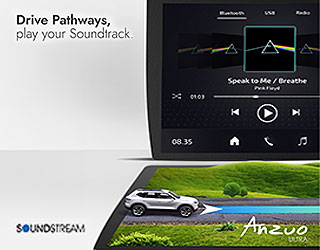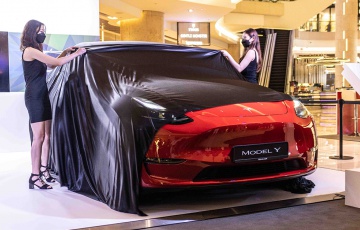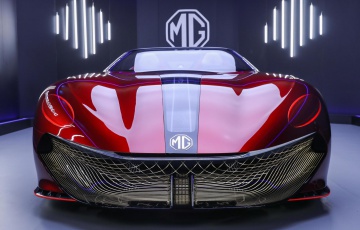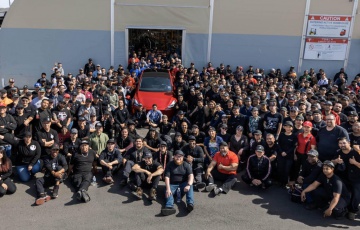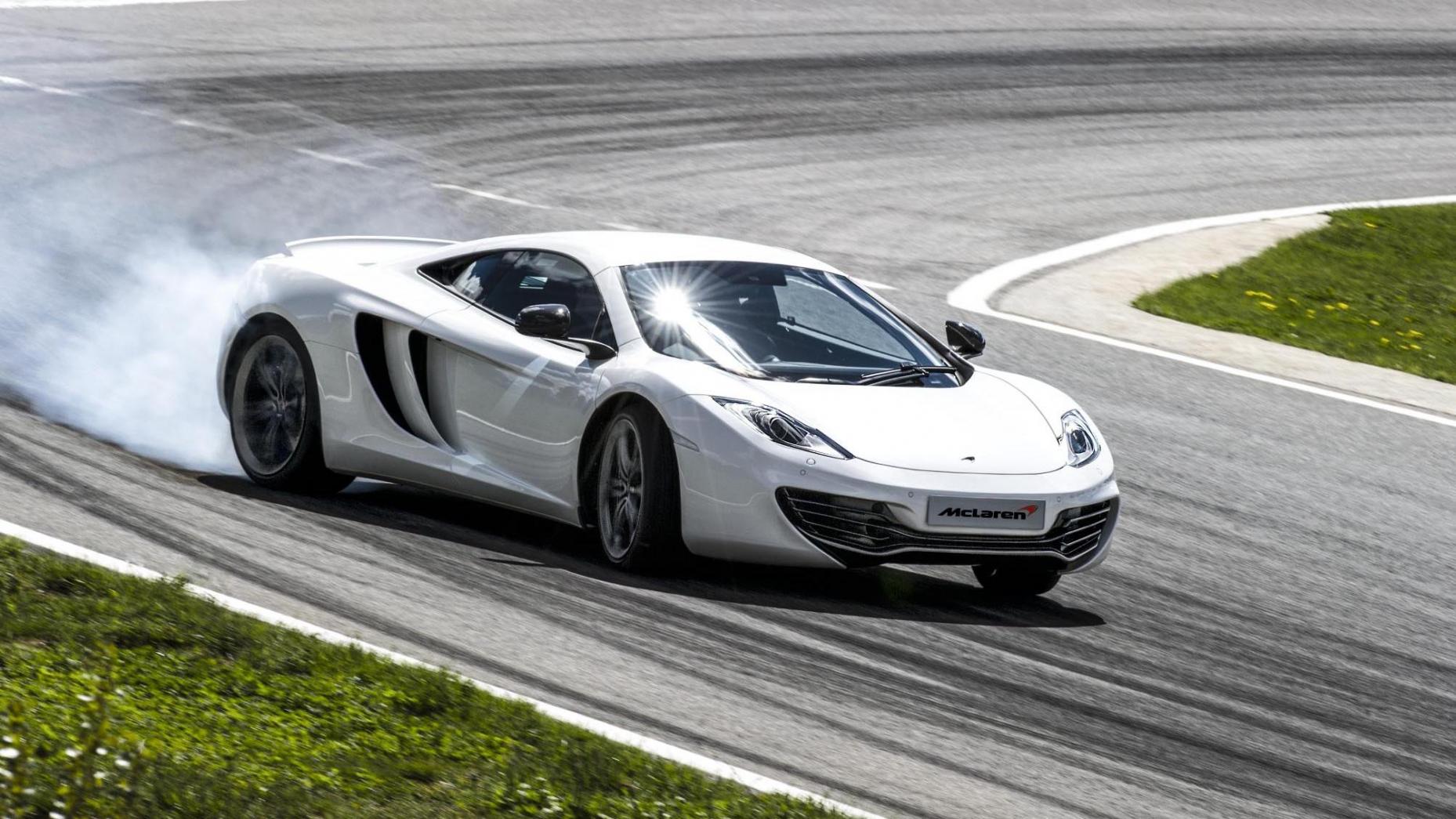
McLaren MP4-12C
Marlboro Project 4 dash performance index 12, Carbon tub. Allegedly, that’s the translation of the gobbledegook name applied to McLaren Automotive’s first supercar. Happily, McLaren learned its lesson and now has one of the more logical set-ups – 570S, 600LT, 720S and so on.
(Click HERE to read about our encounter with a real Thug of Raw, the 600LT Coupe)
Phew, an attack of The Sensibles.
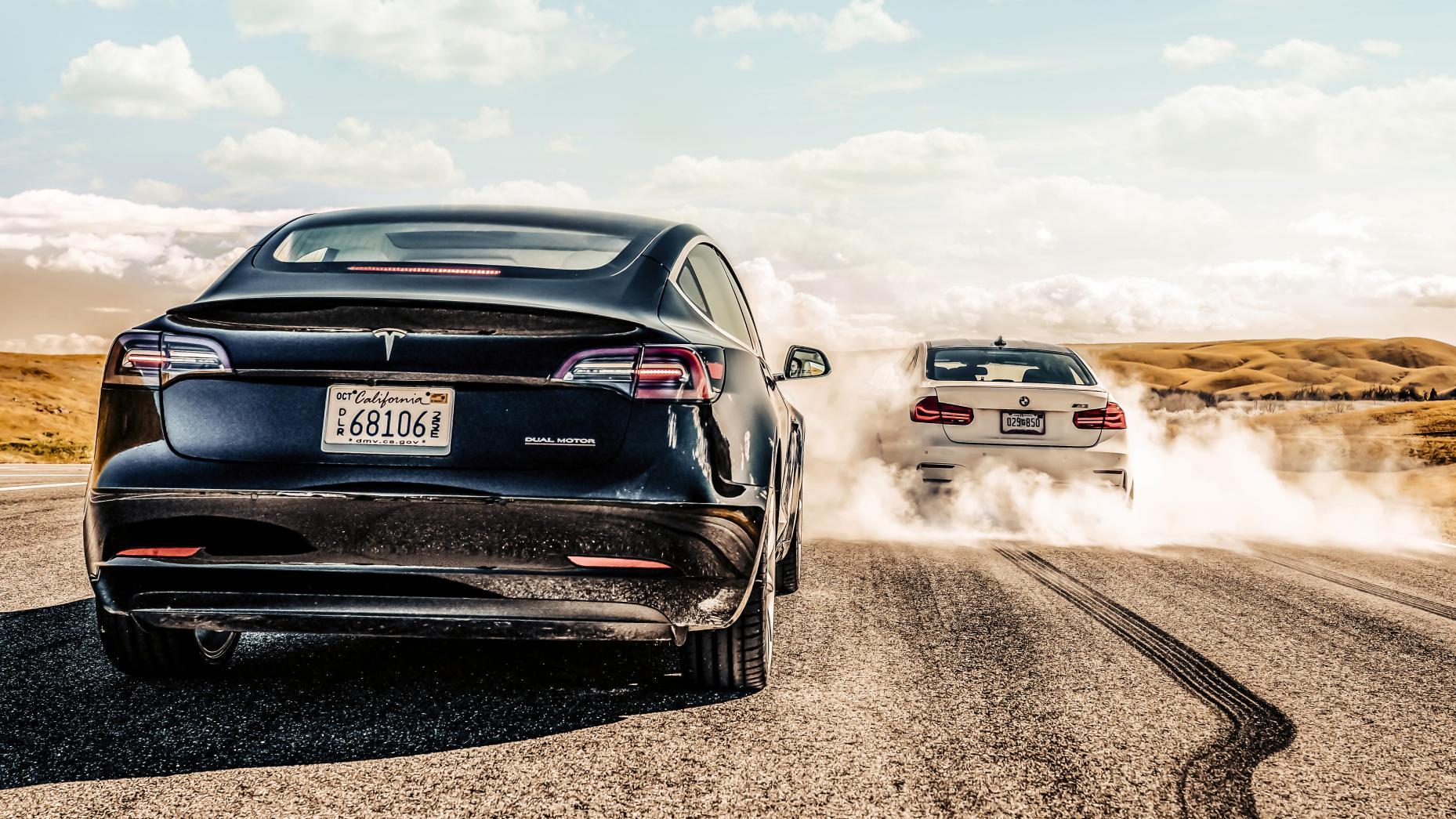
Tesla Model 3
The Tesla Model 3 is not Tesla’s third car. First came the Lotus-based Roadster, then the Model S, then the Model X, then the Model 3 sedan and latterly the Model Y. That means the Model 3 is Tesla’s fourth car.
So, why not Model 4? Well, if it was then the names of all the cars wouldn’t spell ‘S3XY’, like a bad nightclub sign, would they? And why’s it not the ‘Model E’? Because Ford threatened legal action if Tesla went near that moniker. Good thing Tesla doesn’t like to court controversy, eh?
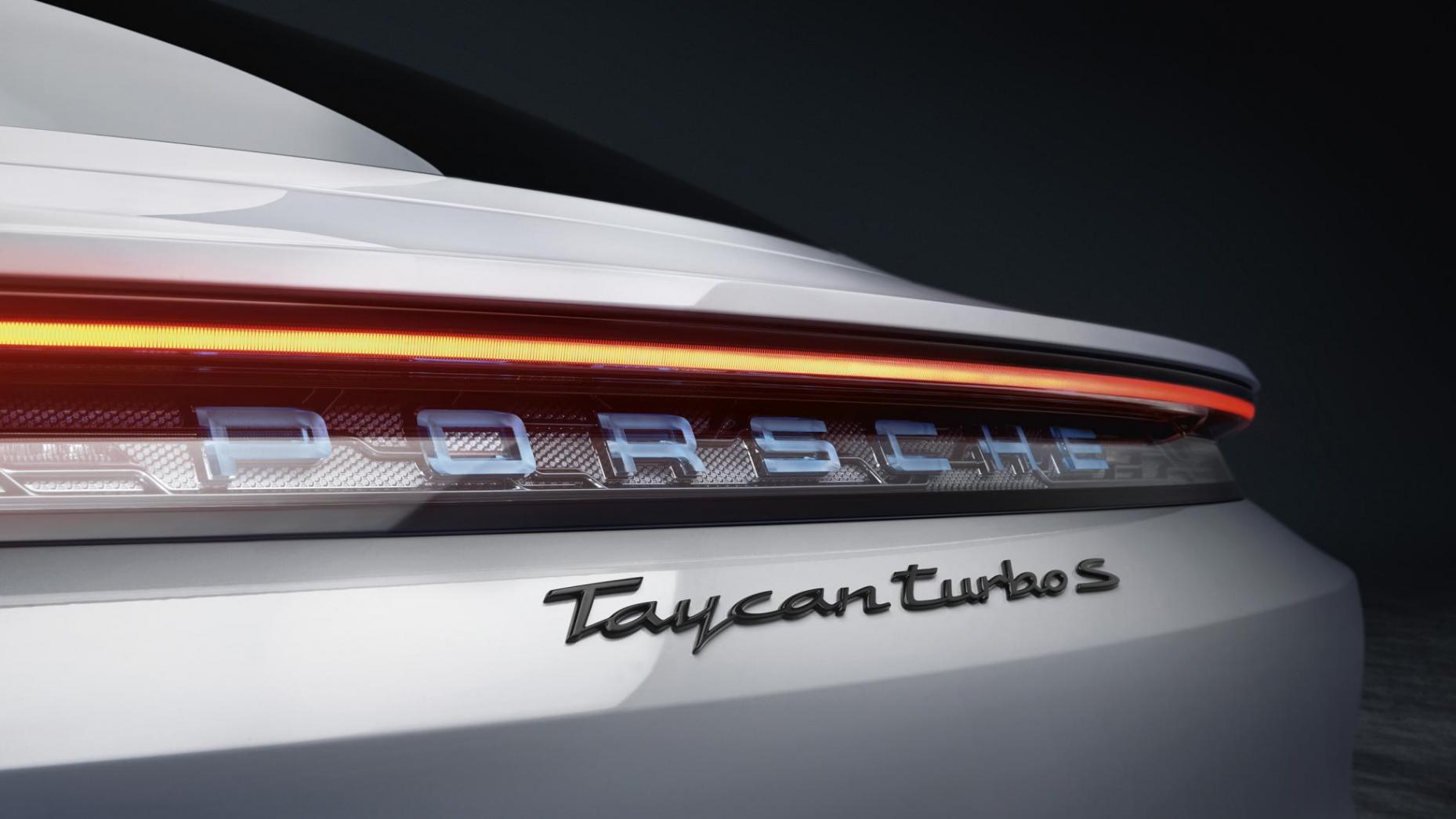
Porsche Taycan Turbo
The Porsche Taycan is an electric car. It does not have an engine. Ergo, it does not have turbochargers, which are devices which force more air into a combustion engine’s cylinder to make a bigger bang when the fuel ignites. None of that happens inside an electric Porsche Taycan, and yet the top two models literally say ‘Turbo’ and ‘Turbo S’ on the back.
Mind you, Porsche offers a Macan Turbo, Panamera Turbo and Cayenne Turbo – despite the fact that every single other model in their respective families are, erm, turbocharged.
In short, if you see ‘Turbo’ on the back of a Porsche, you can be sure the car may or may not have turbos.
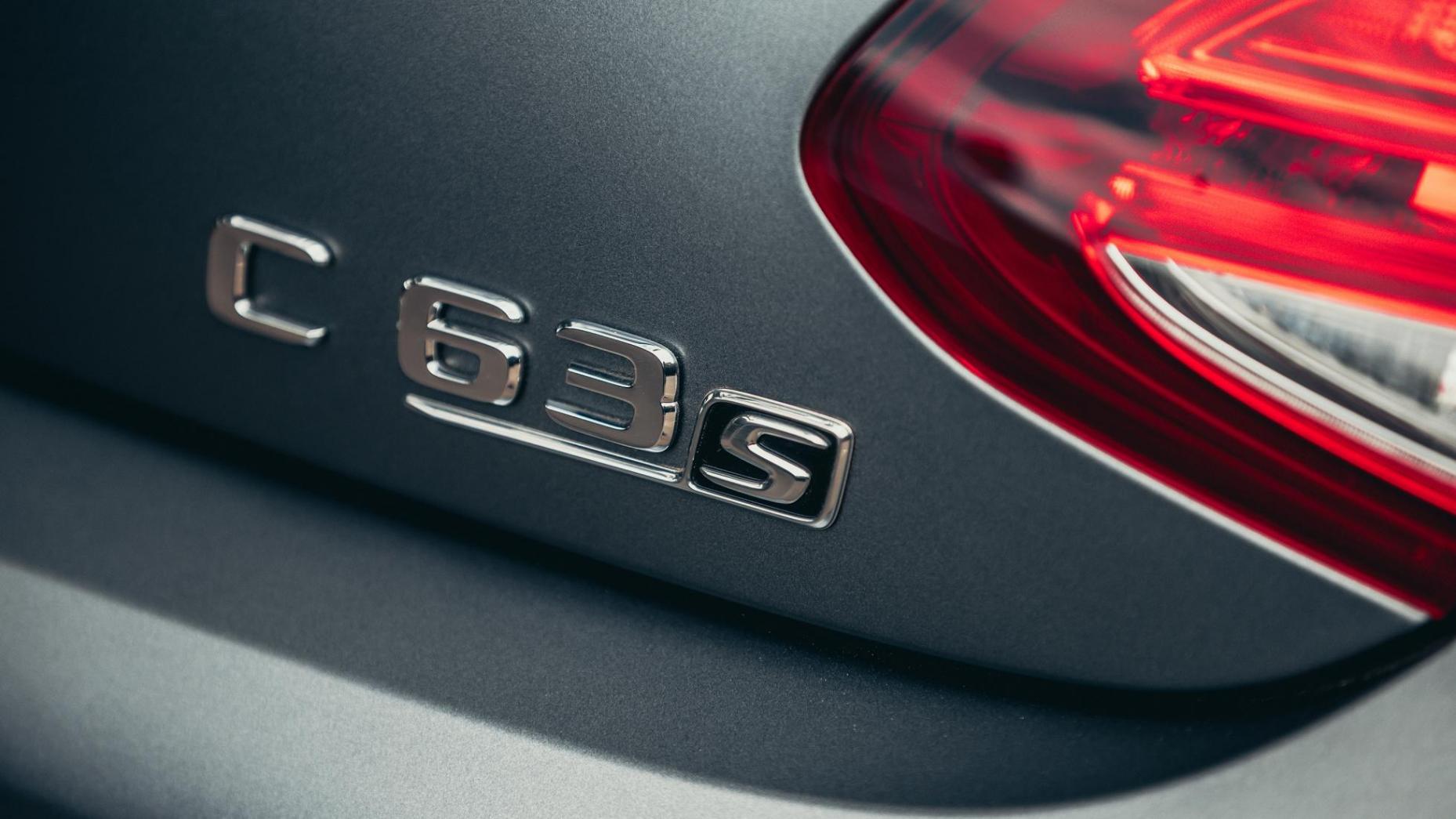
All Mercedes AMGs
What a mess. Don’t get us wrong, we love AMG’s work of late, building BMW M Division-busting supersedans and the finest fast SUVs known to humankind. But the names are utter nonsense.
An AMG A35 does not have a 3.5-litre engine, an A45 is not ‘ten better’ by any margin, and never in the modern era has ‘63’ meant anything when stuck to the back of an AMG. The old naturally aspirated V8 models used a 6,208cc engine. That’s 6.2 litres, guys. That was then swapped for a 5.5-litre, and now a 4.0-litre bi-turbo V8. ‘Sixty-three’ is just nostalgic porky-pies. Not enough to put us off a C63, fortunately.
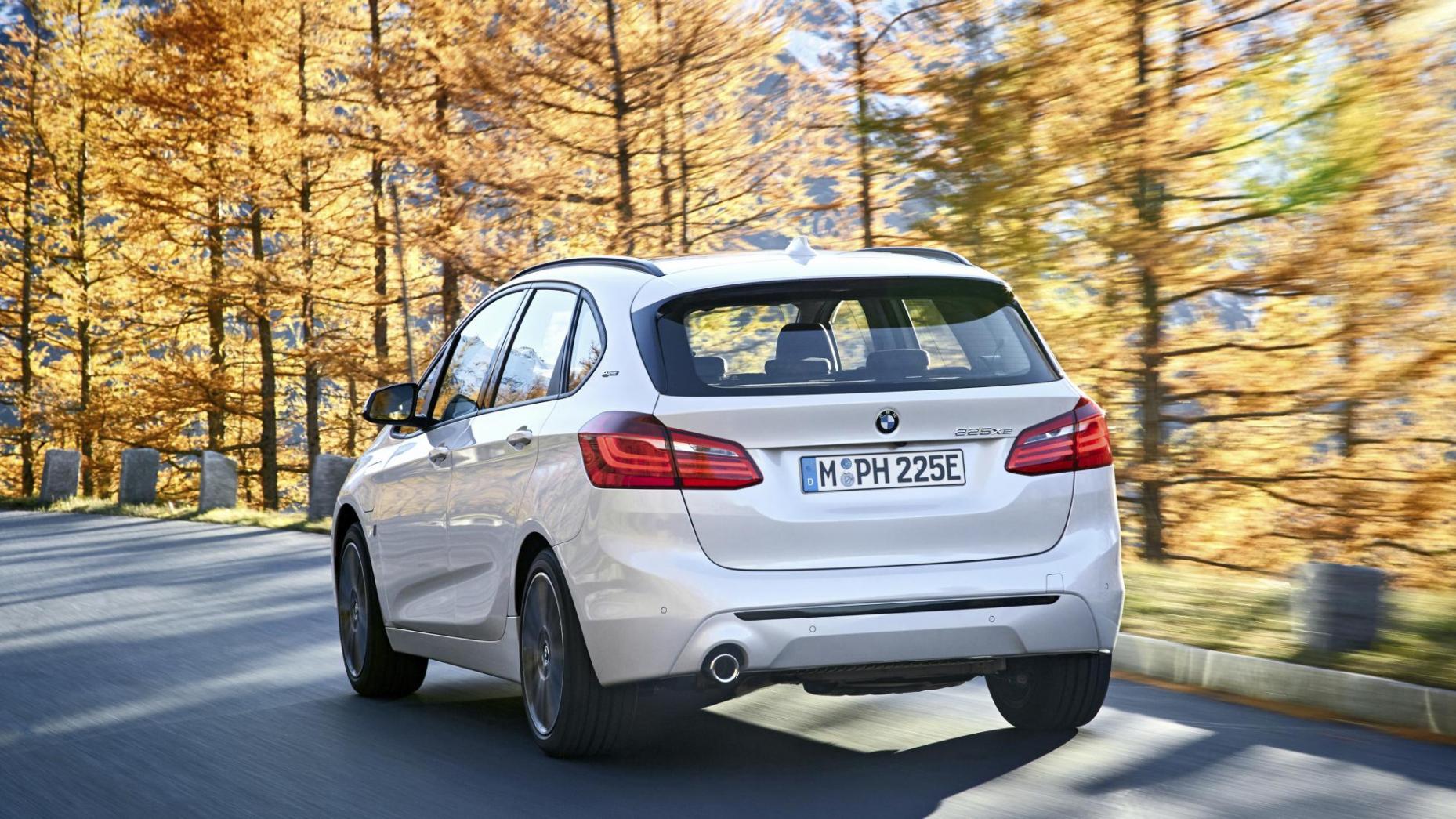
BMW 2 Series Active/Gran Tourer
A few years ago BMW did something logical. It decided that the coupe versions of its cars would get even numbered names (2 Series, 4 Series, 6 Series, X4, X6 and so on).
Not long after, BMW did something slightly less logical, and decided that what the brand behind classics like the M3 CSL and M1 most needed was a rival to the mighty Ford C-Max and laudable Vauxhall/Opel Zafira. So, it created the Active Tourer and Gran Tourer MPVs. We’re not mad, we’re just disappointed.
(Click HERE to read about one of the best M3s we've driven to date)
But then, BMW made the bizarre announcement that these front-wheel drive, high-roofed boxes that shared more with a MINI Countryman than a BMW M2 were to be badged under the 2 Series umbrella.
TG can only assume the same person who signed that off also replied “Mmm, lovely” when presented with the styling sketches of the new X7.
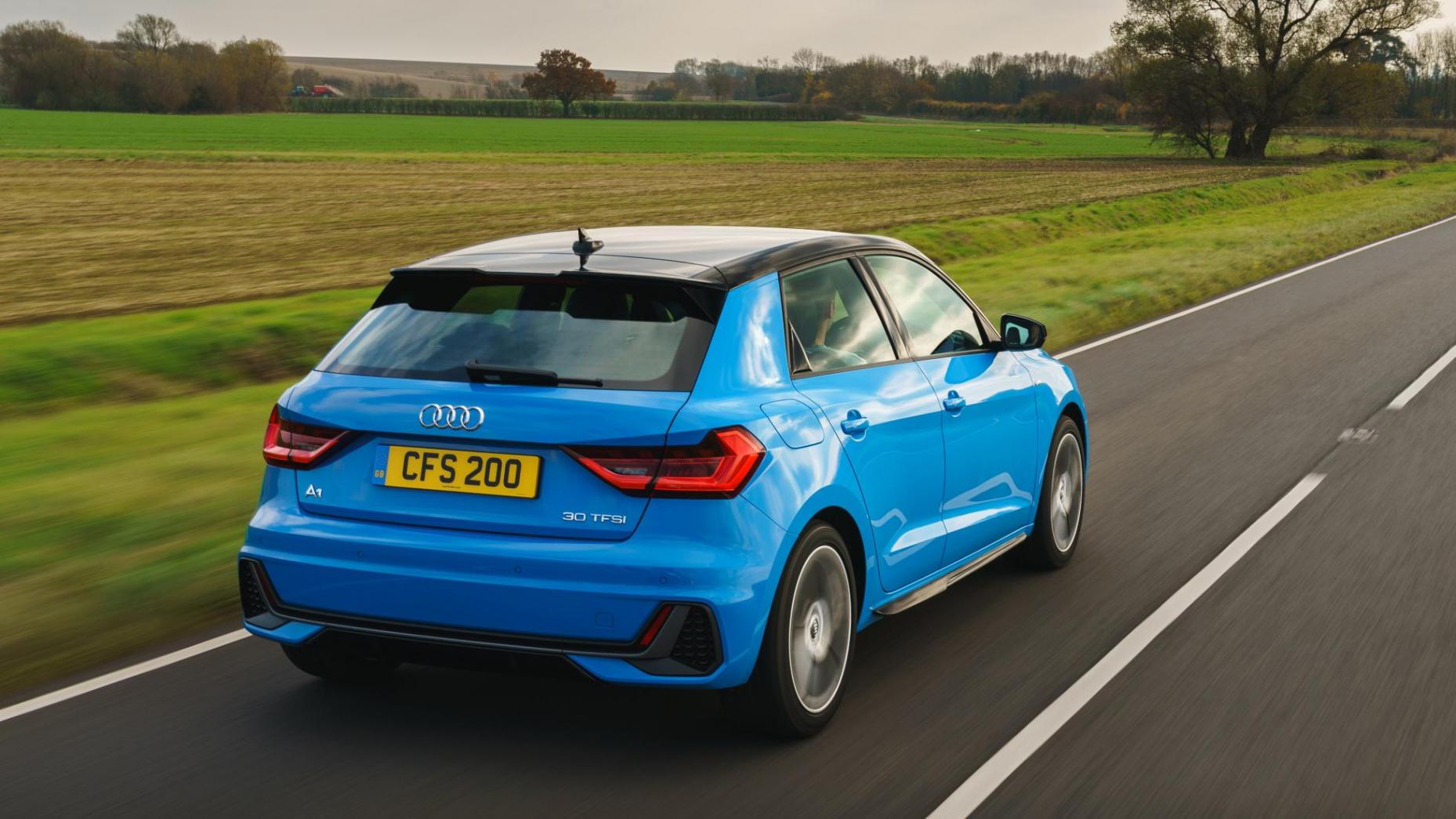
All normal Audis
Audi had no place on TG’s badging list of shame. It was all so wonderfully logical. A1, A3, A4, A6 and so on… then the quick ones – S1, S3, S6 etc – and if you wanted to go really quick there was the RS3, RS4, RS5… and the R8, named after Audi’s Le Mans champ. It was so neat, so tidy, so German.
Alas, Audi spoiled it. Reasoning that having badges like ‘1.4 TFSI, 2.0 TDI or 3.0 TDI’ on the boot was far too helpful when it came to understanding how much power the Audi that had just bullied its way past you at rush hour was packing, the team at Ingolstadt got very drunk, played Numberwang and overordered chrome garden gate numbers from Amazon.
Fearing a reprimand, a story was quickly concocted about Audis swapping to a ‘power designation’ system, that goes as follows:
• 25 – 80kW (Up to 107bhp)
• 30 – 81-96kW (109-129bhp)
• 35 – 110-120kW (148-161bhp)
• 40 – 125-150kW (168-201bhp)
• 45 – 169-185kW (227-248bhp)
• 50 – 210-230kW (282-308bhp)
• 55 – 245-275kW (329-369bhp)
After that came the fuel used – TFSI, TDI, e-tron and so on. Unless you had an S car, or an RS car, or an R8. Which carries on as before.
Somewhere in Germany we presume there’s some kind of Audi Rosetta Stone that translates these utter hieroglyphics.
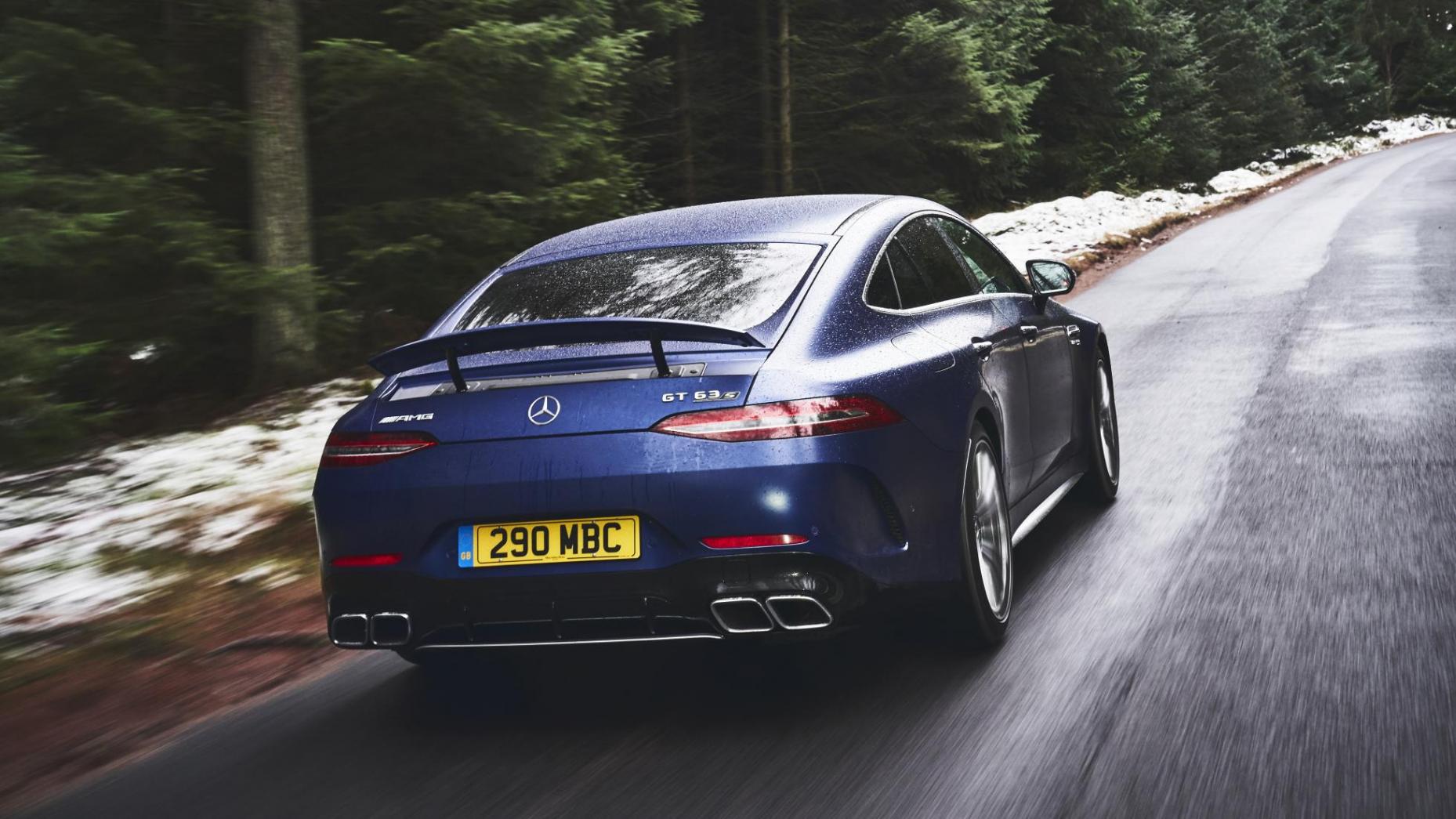
Mercedes-AMG GT four-door
Back to AMG for more badging balderdash. The AMG GT four-door is a very, very good car. A better hyper-GT than a Panamera Turbo S, no less. It’s freakishly agile, hugely fast and comfier than an E 63. It’s a modern super-sedan masterpiece.
What it is categorically not is an AMG GT. The GT is a front-mid-engined rear-drive machine with its gearbox at the back, over the rear wheels. The GT four-door is an E-Class that’s been at the protein shakes. Engine at the front, gearbox also at the front, and all-wheel drive. Great car. But good luck explaining that.
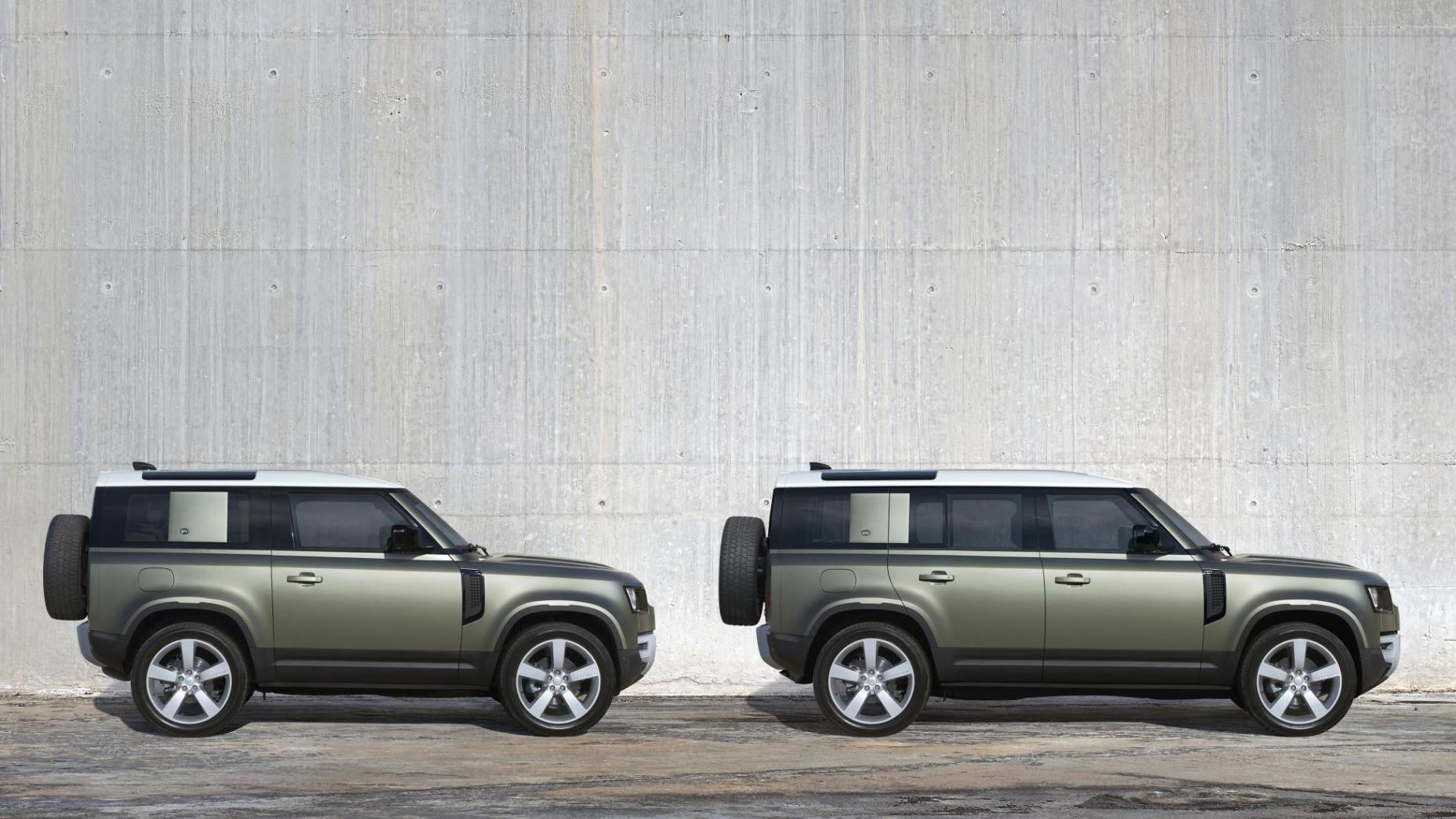
Land Rover Defender 90 and 110
This isn’t strictly a badge, but the Defender Die-Hards among you might like to gnash your teeth at the revelation that the new three-door Defender 90 has a wheelbase that’s 101.9 inches long. Not 90 inches. Oh, and the Defender 110. Yep, that wheelbase is 119 inches long. Not, well, 110. As you were.
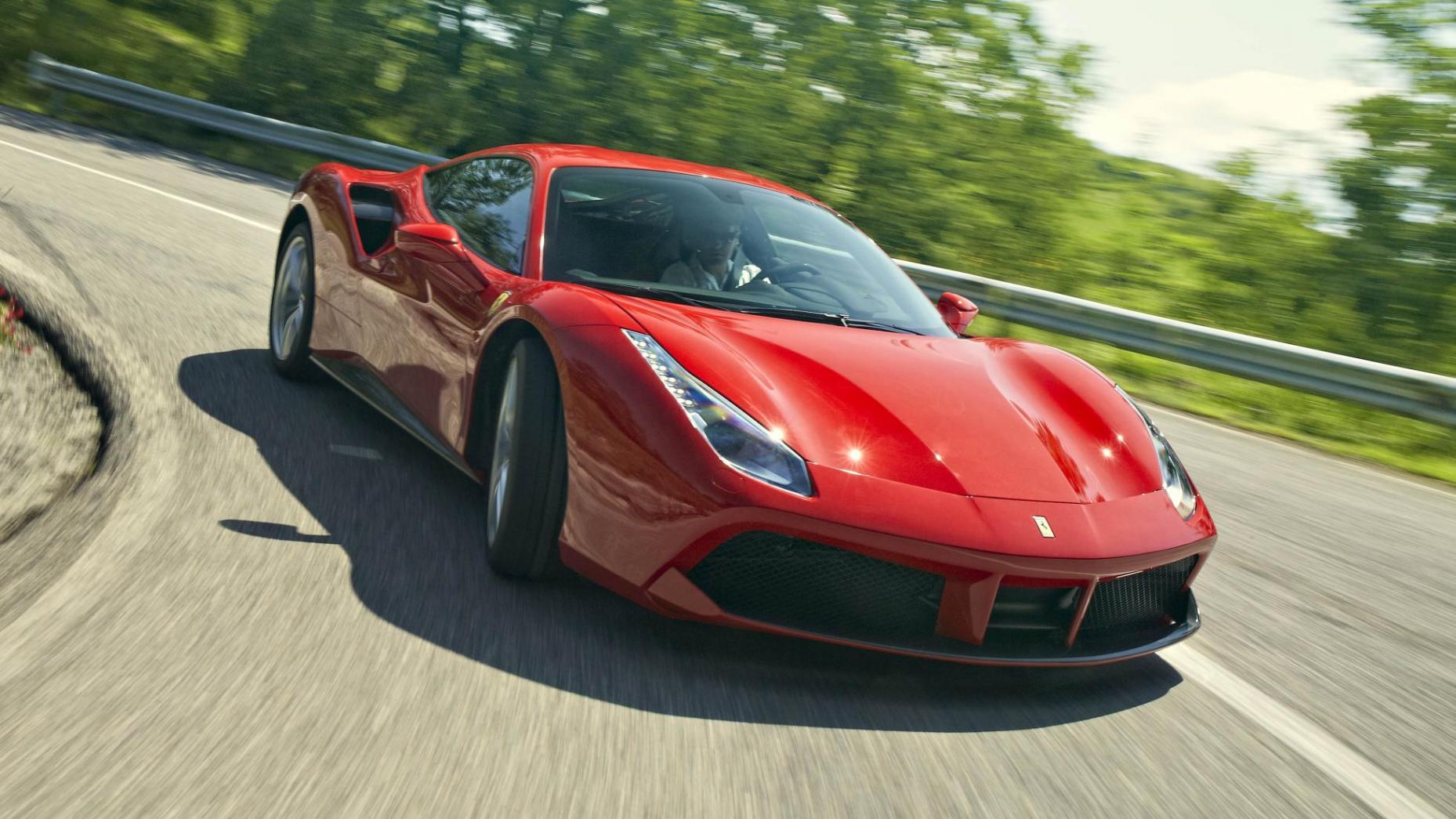
Ferrari 488 GTB
Weirdly, Ferrari had been on a bit of a roll for logical names on its mid-engined V8 supercar line. The 360 Modena has a 3.6-litre engine, and was from – you guessed it. The F430 had a bigger V8, displacing 4.3 litres. And then came the sublime 458 Italia. 4.5-litres, 8 cylinders, and one of the finest supercars ever to come out of you-know-where.
(We Horse Around with the Challenge Stradale, 430 Scuderia and 458 Speciale HERE)
Then Ferrari let the side down. The 458’s replacement was the 488 GTB. The 488, you’ll remember, downsized to a 3.9-litre bi-turbo V8. It strictly should’ve been the 398 GTB, but that looks not-as-good as ‘458’, so the naming convention stopped.
STORY Ollie Kew
